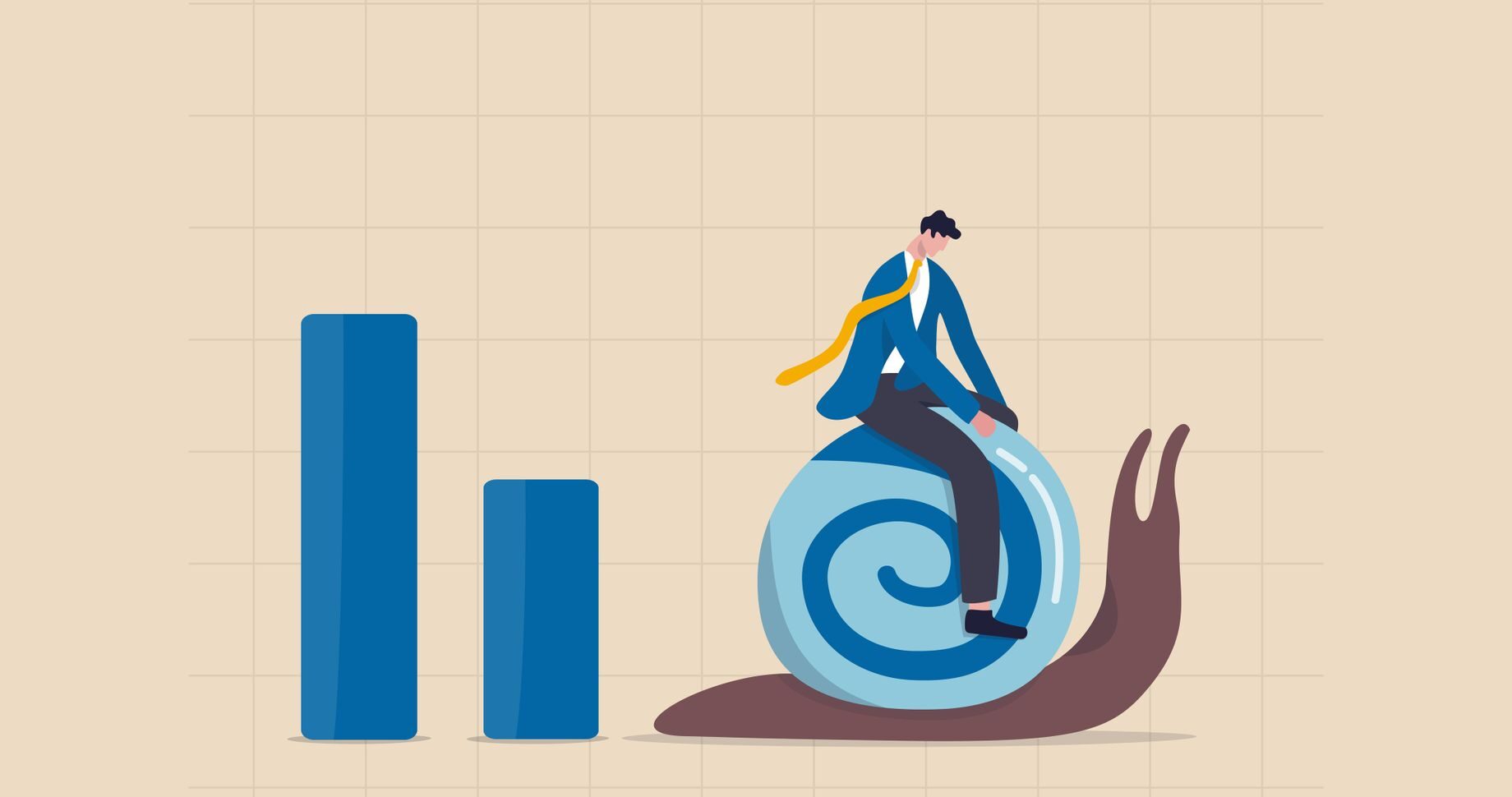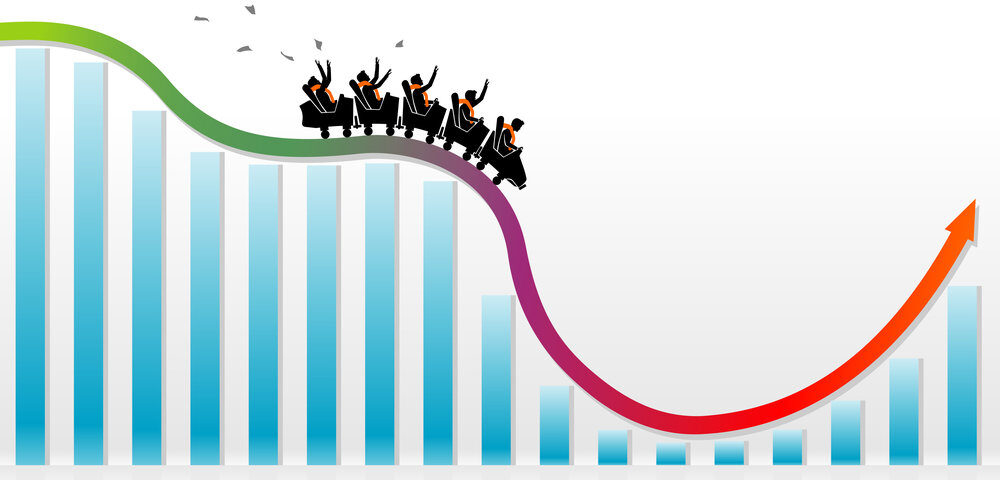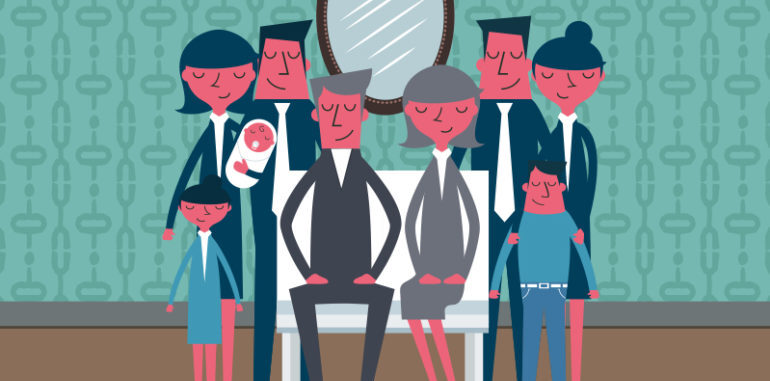“Stagflation” is an ugly word for an ugly situation – the unpleasant combination of economic stagnation and inflation.
The last time stagflation was prevalent was the early 1970s. Oil-exporting countries in the Middle East cut supplies to the US and other supporters of Israel during this time. The “supply shock” in the cost of oil drove up many prices, dampening economic activity globally. Stagflation was a thought left behind, but now there is a real risk of it returning.
“We may be reaching a tipping point, beyond which an inflationary psychology spreads and becomes entrenched,” says the Bank for International Settlements, BIS, in its latest annual economic report.
“Inflationary Psychology” means that expectations of higher prices lead consumers to spend now, assuming waiting will cost more. Inflationary psychology increases demand, pushing up prices. Thus expectations of inflation become a self-fulfilling prophecy. The danger of stagflation comes from this inflationary cycle becoming so entrenched that attempts to curb it push economies into recession.
What’s Driving Inflation
The BIS combines expertise from the US Federal Reserve, the European Central Bank, the Bank of England, and the Reserve Bank of Australia. It is worth paying attention to the BIS’s views. The report states that its experts, like most forecasters, are in shock by the rise in inflation. It’s a global phenomenon, which the report attributes to an unexpectedly strong economic rebound from the COVID-19 lockdowns, a switch in demand from services to goods, and supply bottlenecks exacerbated by a shift from “just-in-time” to “just-in-case” inventory management.
Russia’s Invasion of Ukraine.
The war’s effect on increasing the price of oil, gas, food, fertilizers, and other commodities has been inherently stagflationary. Since commodities are a key production input, an increase in cost constrains output. At the same time, soaring commodity prices have boosted inflation everywhere, exacerbating a shift that was already well in train before the onset of the war. The only bright note is that BIS expects these price surges to be less disruptive than the oil supply shock of the 1970s. The relative impact of the oil supply shock was significantly due to economies in the 1970s being more energy-intensive. There is also much more focus now on containing inflation, with most central banks having a clear inflation target (2% in Europe and the US, 2%- 3% in Australia).
What are the biggest dangers?
Increases in the price of food and energy are particularly conducive to spreading inflationary psychology. Because food is purchased frequently, price changes are notable. The same goes for fuel prices, prominently displayed on large roadside signs. There is also the risk of a wage-price spiral – in which higher prices drive demands for higher wages. Central banks face what Reserve Bank of Australia governor Philip Lowe has called a “narrow path.” To achieve a soft landing, they need to raise interest rates adequately to bring inflation down. But not enough to cause a recession (and thus stagflation).
How to avoid a ‘hard landing’?
The BIS report cites an analysis of monetary tightening cycles – defined as interest rate rises in at least three consecutive quarters – in 35 countries between 1985 and 2018. Only half the cases achieved a soft landing. A critical factor in the hard landings was the extent of financial vulnerabilities, particularly debt. Economies with hard landings, on average, had double the growth in credit to GDP before the interest-rate rises. This factor contributes to BIS concerns now. As the report notes: Unlike in the past, stagflation today would occur alongside heightened financial vulnerabilities. These financial vulnerabilities include stretched asset prices and high debt levels, which could magnify any growth slowdown.
Furthermore, the slowdown in China’s labor productivity is removing a necessary boost to global economic growth and restraint on global inflation. A key lesson from the 1970s is that the long-term costs of doing nothing outweigh the short-term pain of bringing inflation under control. Governments must curb handouts or tax cuts to help people with cost-of-living pressures. Expansionary fiscal policy will only make things worse. There is also a need to rebuild monetary and fiscal buffers to cope with future shocks. This will require raising interest rates above inflation targets and returning government budgets (close) to surplus.











